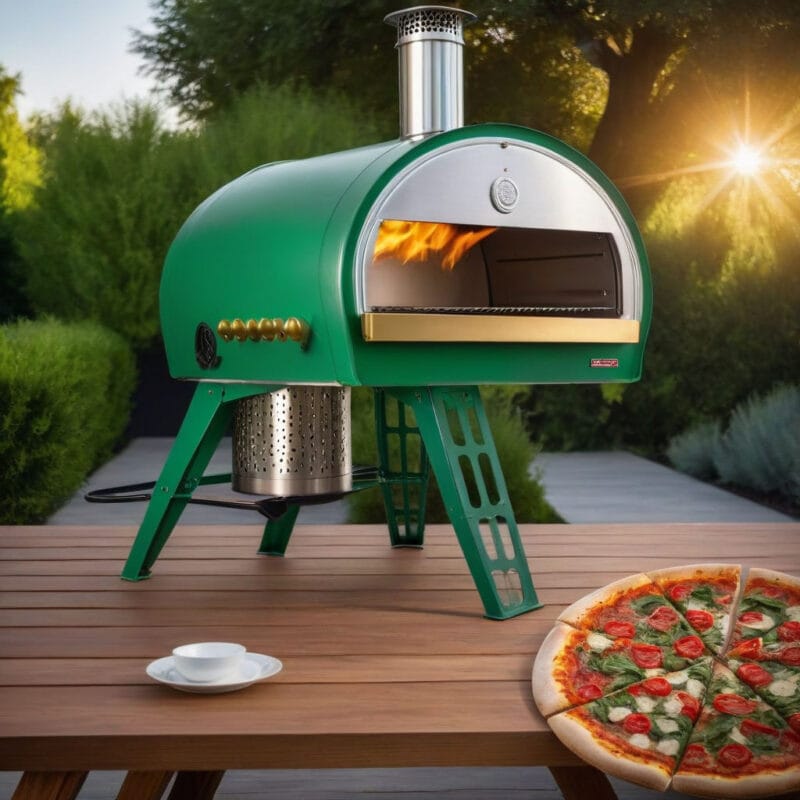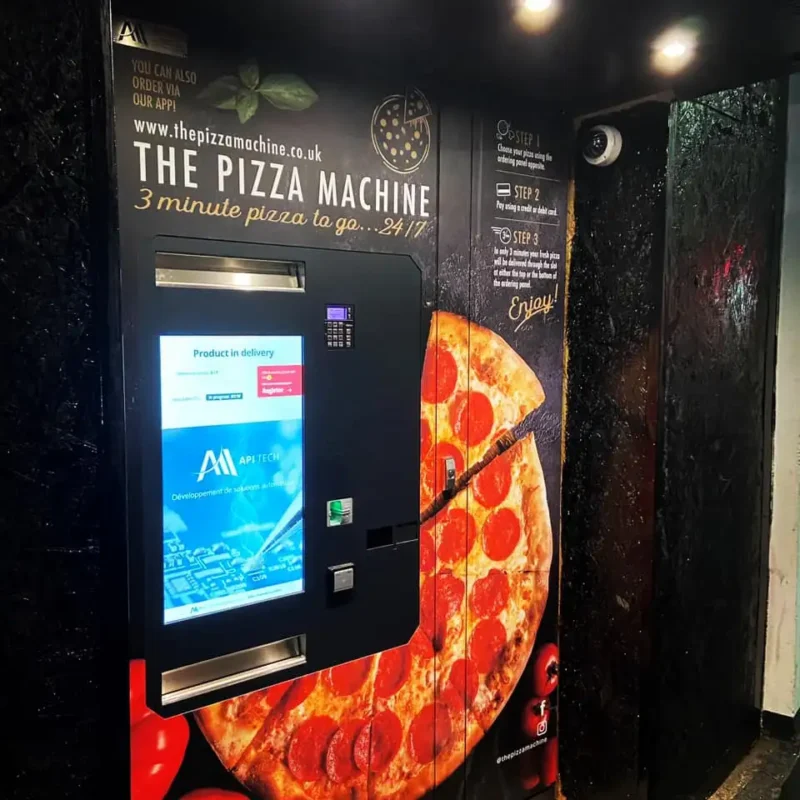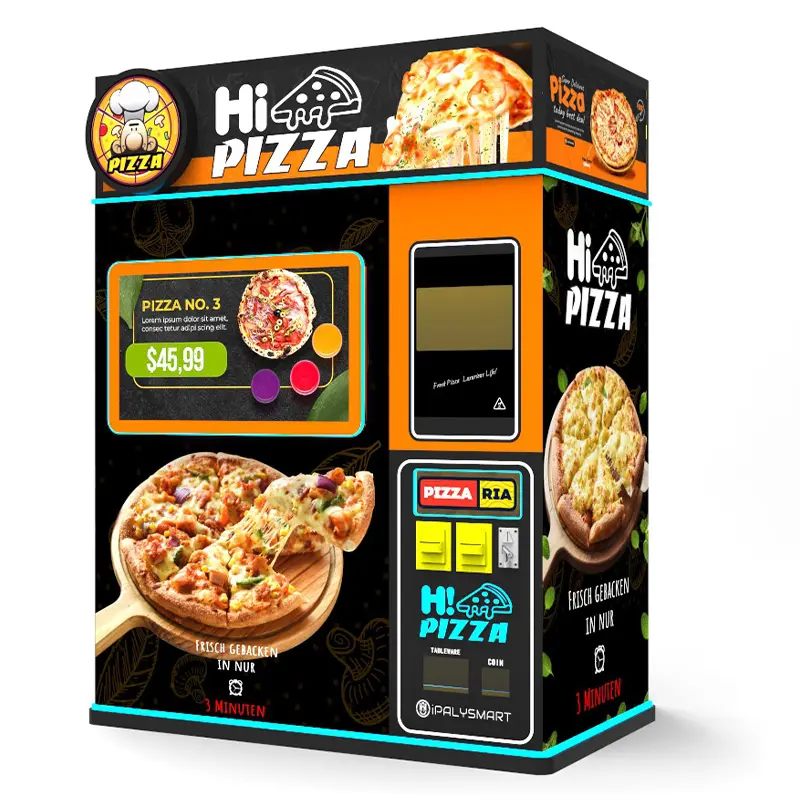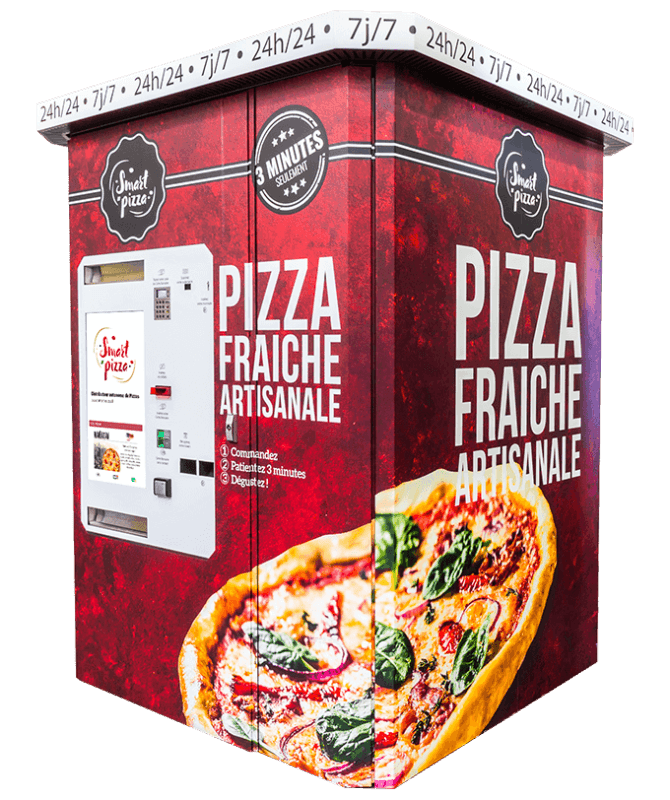Uncategorized
What You Need to Consider Before Buying a Pizza Vending Machine

In today’s fast-paced world, convenience and automation are transforming how we access food, and the pizza vending machine is at the forefront of this revolution. These innovative machines offer freshly made pizzas in minutes, combining technology with culinary delight. Whether you’re an entrepreneur looking to start a vending business or a facility manager aiming to provide more dining options, investing in a pizza vending machine can be a lucrative venture. However, there are several critical factors to consider before making a purchase. This comprehensive guide will walk you through everything you need to know before buying a pizza vending machine, ensuring you make an informed and profitable decision.
1. Understanding Your Business Goals
Before diving into the specifics of pizza vending machines, it’s essential to define your business goals. Ask yourself the following questions:
- What is my target market?
- Where will the machine be located?
- What kind of customer traffic do I expect?
- What are my financial goals for this investment?
Identifying your objectives will help narrow down the type of machine that best suits your needs. For instance, a high-traffic location like a college campus or a busy office complex may require a machine with a higher capacity and faster production rate. Conversely, a small office might benefit from a more compact and affordable model.
2. Types of Pizza Vending Machines

There are various types of pizza vending machines available, each with unique features and capabilities. Understanding these differences is crucial to selecting the right machine for your needs. Here are some popular types:
- Fresh Dough Machines: These machines mix and knead the dough on-site, providing a truly fresh pizza experience. They are ideal for locations where customers expect high-quality, restaurant-like pizza.
- Pre-Cooked Dough Machines: These use pre-prepared dough, which reduces the complexity of the machine and the time required to make each pizza. This type is suitable for high-volume areas where speed is critical.
- Frozen Pizza Machines: These dispense and heat pre-frozen pizzas. While they offer less customization and freshness, they are typically more affordable and easier to maintain.
- Combination Machines: Some advanced machines can offer both fresh and frozen options, giving customers more choices and operators more flexibility.
3. Key Features to Look For

- Capacity and Production Speed: How many pizzas can the machine hold and produce per hour? This is crucial for high-traffic areas where demand can be high.
- Customization Options: Can customers customize their pizzas with different toppings? Machines that offer a variety of choices can appeal to a broader audience.
- Payment Systems: Modern machines should support multiple payment methods, including cash, credit/debit cards, and mobile payments. This flexibility can enhance customer convenience and sales.
- User Interface: A user-friendly interface with clear instructions is essential for ensuring a smooth customer experience. Touchscreen displays and multilingual support can be significant advantages.
- Size and Dimensions: Ensure the machine fits the intended location comfortably without obstructing pathways or violating space constraints.
- Energy Efficiency: Look for machines that are energy-efficient to keep operating costs low and support environmental sustainability.
- Maintenance and Cleaning: How easy is it to clean and maintain the machine? Machines with self-cleaning features or easy-access components can save time and reduce downtime.
When evaluating pizza vending machines, consider the following features that can impact performance, maintenance, and customer satisfaction:
4. Quality and Reliability

Investing in a high-quality, reliable pizza vending machine is crucial for long-term success. Research manufacturers and read reviews to assess the durability and performance of different models. Key factors to consider include:
- Brand Reputation: Established brands often have a track record of reliability and quality. They may also offer better customer support and warranties.
- Component Quality: Check the quality of the machine’s components, including the oven, refrigeration system, and mechanical parts. High-quality components are less likely to break down and can extend the machine’s lifespan.
- Performance Under Stress: Some machines may perform well under ideal conditions but falter in high-demand situations. Look for machines that can consistently produce pizzas without frequent breakdowns or quality issues.
5. Cost and Financing Options

The cost of pizza vending machines can vary widely based on their features, capacity, and brand. It’s essential to consider both the initial purchase price and the ongoing operational costs. Here’s what to keep in mind:
- Initial Purchase Price: Machines can range from a few thousand dollars to over $100,000. Higher-end models with more features and greater capacity will typically cost more.
- Operating Costs: Factor in costs for electricity, ingredients, regular maintenance, and any licensing or insurance fees. Machines with higher energy efficiency and lower maintenance needs can be more cost-effective in the long run.
- Financing Options: Explore financing options such as leasing, renting, or securing a loan. Some manufacturers offer financing plans that can make it easier to start your vending business with less upfront capital.
- Return on Investment (ROI): Estimate your expected revenue based on your location and expected customer volume. Compare this to your costs to determine your potential ROI.
6. Location and Placement
The success of your pizza vending machine heavily depends on its location. High-traffic areas with limited food options tend to be the most profitable. Consider the following when choosing a location:
- Visibility and Accessibility: Place the machine in a visible and easily accessible spot. Areas near entrances, busy walkways, or common gathering spots can attract more customers.
- Demographic Suitability: Ensure the location matches your target demographic. For example, college campuses, office buildings, and transportation hubs are ideal for pizza vending machines targeting busy professionals and students.
- Competition: Assess the competition in the area. If there are already several food options, consider how your machine can offer a unique value proposition, such as speed, quality, or price.
- Security: Choose a safe location to prevent vandalism and theft. High-visibility areas with security cameras can help deter potential issues.
7. Compliance and Legal Considerations

Operating a pizza vending machine involves various legal and regulatory requirements. It’s essential to understand these to avoid fines and operational disruptions. Key considerations include:
- Health and Safety Regulations: Ensure the machine complies with local health and safety standards, including food handling and preparation guidelines.
- Business Licenses and Permits: Obtain the necessary business licenses and permits required for vending machine operation in your area.
- Insurance: Consider liability insurance to protect against potential damages or accidents involving your machine.
- Tax Compliance: Understand the tax obligations for vending machine revenue, including sales tax collection and reporting.
8. Marketing and Promotion
Even the best pizza vending machine won’t attract customers if they don’t know about it. Effective marketing and promotion are crucial to driving traffic and maximizing sales. Consider these strategies:
- Signage and Branding: Use clear, attractive signage to highlight the machine’s location and offerings. Branding the machine with your company’s logo and colors can increase recognition.
- Social Media and Online Presence: Promote your machine on social media and local online communities. Use platforms like Facebook, Instagram, and Google My Business to reach potential customers and share updates.
- Special Promotions and Discounts: Offer introductory discounts, loyalty programs, or special promotions to attract and retain customers.
- Partnerships and Sponsorships: Partner with local businesses, schools, or community organizations to boost visibility and attract new customers.
9. Future Trends in Pizza Vending Machines
The pizza vending machine industry is evolving rapidly, with new technologies and trends shaping its future. Staying ahead of these trends can give you a competitive edge. Key trends to watch include:
- Advanced Automation: Future machines may include more advanced robotic systems and AI for even faster and more customized pizza preparation.
- Health-Conscious Options: As consumers become more health-conscious, offering healthier pizza options, such as gluten-free or vegan choices, can attract a broader audience.
- Sustainability: Eco-friendly machines with sustainable packaging and energy-efficient operations are likely to become more popular.
- Enhanced User Experience: Interactive displays, mobile app integration, and personalized recommendations could enhance the customer experience and increase engagement.
Conclusion
Investing in a pizza vending machine can be a rewarding and profitable venture if approached with careful planning and consideration. By understanding your business goals, evaluating the types and features of available machines, and considering key factors like cost, location, and compliance, you can make an informed decision that aligns with your objectives. Keep an eye on emerging trends and continuously optimize your operations and marketing strategies to stay competitive in this dynamic industry.
With the right strategy, your pizza vending machine can become a popular and profitable addition to any location, delighting customers with the convenience of fresh, hot pizza at the touch of a button.


